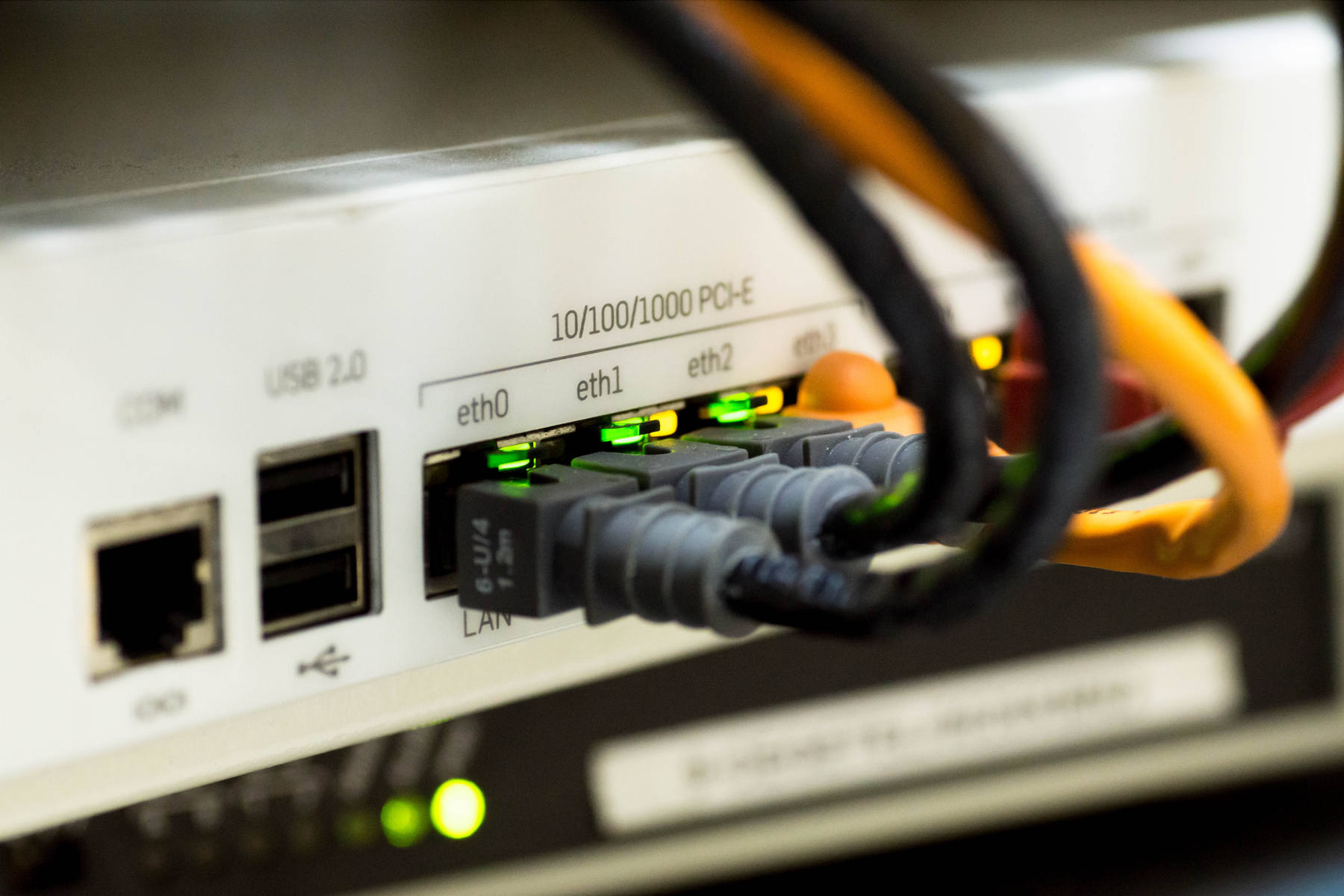
Tips for Choosing the Right Network Cable
Network cable science
In a broad sense, the function of the network cable is mainly used to connect to the local area network. The classification of network cable mainly includes twisted pair, also coaxial cable and optical cable. Surveillance monitoring systems mainly operate with twisted-pair network cable which is a data transmission line composed of many pairs of wires, due to its economical price. This widely-used kind of network cable will be the major topic of this article.
Twisted Pair
The twisted-pair wire refers to a pair of mutually insulated metal wires twisted together, to resist electromagnetic interference with frequencies less than 25MHz. Twisting two insulated copper wires to each other at a certain density reduces the degree of signal interference. Since the radio waves radiated by each wire during transmission will be offset by the radio waves emitted by the other one. In general, the denser the wire is twisted, the stronger its anti-interference ability
Current general shielding types are classified as follows:
- U/UTP twisted pair: (Unshielded) referred to UTP twisted pair; currently the most common and basic cable consists of pairs of wires twisted together without shielding.
- F/UTP twisted pair: (Shielded) overall aluminum foil shield wrapped around unshielded twisted pair cable.
- U/FTP twisted pair: (Shielded) no overall shielding layer, with shielded twisted pair cable wrapped by aluminum foil.
- SF/UTP twisted pair: (Double-shielded) overall double shielding layer of braid and aluminum foil, with twisted pair cable without own shielding;
- S/FTP twisted-pair cable: (Double-shielded) overall braid shielded layer, with shielded twisted pair cable by aluminum foil.
Classification of Twisted Pair Cable
There are actually many different types of twisted-pair cables according to ISO/IEC 11801 standard classification. Common ones are CAT.5, CAT.5E (ethernet cable), CAT.6, CAT.7, and CAT.7E (ethernet cable). The cables have a larger wire diameter with higher class, while classes 1 to 4 have been eliminated from the standard.
Class 1 to 4: Mainly for audio transmission, eliminated standard
Class 5 to 6: Mainly for audio and data transmission, generally apply in Megabyte and Gigabyte networks, which is also widely used in surveillance projects.
Class 6E to 7: Newer types, generally apply in the Terabyte network, which is not commonly used in surveillance projects.
The transmission rate of CAT.5, CAT.5E, and CAT.6 cables is between Megabyte and Gigabyte which meet the needs of most monitoring systems, so they are widely used in various surveillance projects (currently CAT.5 cable are also gradually being replaced by the Cat.5E cable). Although the performance of the CAT.6E and above network cables is better, the prices are relatively high that their cost performance does not meet the needs of surveillance projects.
Quality Check of Network Cable
☞ The product complies with the RoHS 2.0 standard which refers to the control of ten substances, quality guaranteed.
☞ The copper core material inside the wire is pure, soft, flexible, and not fragile.
☞ The numbers of turns of the wires in the network cable are different, to ensure that the transmission signals between each pair of wires will not interfere with each other and shorten the transmission distance.
☞ The standard length of a network cable is 1000ft/box (approximately equivalent to 305m).
☞ Use a magnet to check whether if the core of the wire

contains iron. The iron core wire has a large resistance, which seriously affects the transmission efficiency and distance. High-quality network cables generally use copper as the core.
Feel free to contact us or come to our store if you have any inquiries or problems regarding to network cables.

Leave a comment